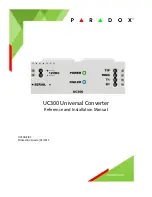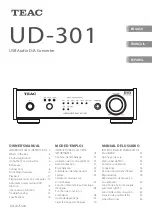
12
64
66
68
70
72
74
76
78
80
82
64
66
68
70
72
74
76
78
80
82
1
2
3
4
5
6
7
8
9
10
11
12
13
14
15
Room Temperature
Room Temperature
Time
1
2
3
4
5
6
7
8
9
10
11
12
13
14
15
Time
Cooling Mode
OPTIMAL
OVERSIZED
SET POINT
OPTIMAL
OVERSIZED
SET POINT
Heating Mode
64
66
68
70
72
74
76
78
80
82
64
66
68
70
72
74
76
78
80
82
1
2
3
4
5
6
7
8
9
10
11
12
13
14
15
Room Temperature
Room Temperature
Time
1
2
3
4
5
6
7
8
9
10
11
12
13
14
15
Time
Cooling Mode
OPTIMAL
OVERSIZED
SET POINT
OPTIMAL
OVERSIZED
SET POINT
Heating Mode
Oversized for cooling
Despite advanced control methods, oversizing of equipment, even
with Variable Refrigerant Volume technology, can lead to indoor units
overcooling the space and cycling on and off. This results in poor
temperature control.
In addition to large temperature swings, an indoor unit that
cycles on and off does not provide continuous de-humidification.
This can lead to higher humidity levels than desired.
Oversized for heating
In areas of very cold climates, there is a temptation to ‘up-size’ indoor
units in the belief that this ensures capacity in extreme conditions below
design temperature
The reality is correct load calculation and good design ensures
the best performance
In heating mode, the expansion device never fully closes.
Therefore a unit that continuously cycles on and off will,
in time, see a steady increase in temperature above set point
Key Points for Selection
Summary of Contents for VRV
Page 1: ...VRV Reference Guide ...
Page 4: ......
Page 5: ...System Overview ...
Page 18: ...Piping and Electrical Wiring Guide Condensing Unit Pipe Connections 18 ...
Page 22: ......
Page 23: ...System Selection ...
Page 41: ...Design Optimization ...
Page 53: ...Controls Standards ...
Page 65: ...65 Notes ...
Page 66: ...66 Notes ...
Page 67: ......













































